In recent years, many companies have pledged to improve their diversity and inclusion. And many of them have failed.
Sure, they’ve developed D&I programs, but there aren’t any actual changes when you look for increases in their diversity.
Over the past year, I’ve had conversations with many of these companies – both traditional workplaces and non-profits. The discussions typically start with hiring minority candidates or the complaint that they are challenging to find. Many people and organizations want to do the right thing but aren’t sure where to start.
This is what I tell them, in a nutshell:
Minority Workers in the U.S.
The U.S. continues to undergo a dramatic demographic shift. In fact, according to the U.S. Census Bureau’s population estimates for July 2015, minority babies are now the majority, with 50.2% of U.S. babies less than one being of racial or ethnic minorities.
African Americans make up 10% of the total number of college graduates but only 4% of executives in corporate America. Those numbers are similar for Hispanics and Latinos. Unfortunately, these numbers are not surprising.
It is human nature to be biased, and until hiring processes that reduce bias are consistently followed, these numbers will continue. Statistics show that when a group is under-represented in an organization, there is a high likelihood that will continue without specific programs and accountability.
Why is Diversity and Inclusion Important?
A recent Forbes Insights survey found that 60% of companies have metrics to measure the success of their diversity and inclusion efforts. It seems that somewhere, there is a disconnect between what companies report versus the reality. If I look at senior management and the board of directors and don’t see anyone who looks like me, that company isn’t diverse.
Why is this important? According to a 2015 McKinsey Report, organizations in the top quartile with ethnic and racial diversity boasted 35% greater financial returns versus their respective industry median. Those that were gender-diverse had 15% greater gains, and data also suggests that more diverse organizations make better decisions.
Fostering D&I in Your Organization
Fostering diversity and inclusion takes time and effort, but it doesn’t have to be difficult. Here are a few ways to improve D&I in your organization:
Define what Diversity and Inclusion mean for your organization. This allows the organization to determine whether they are focused on the right goals. Even between generations, there are differences in how people see D&I.
Typically, “diversity” means having people with diverse racial profiles, while “inclusion” behaviors as defined by the Center for Talent Innovation as behaviors that promote an inclusive culture, such as:
- An environment where everyone can be heard
- A place where it safe to promote novel ideas
- Team members that are empowered to make decisions
- Leadership that takes advice and implements feedback, offers actionable advice, and shares credit for team success
Remember: diversity and inclusion go hand and glove; one without the other is difficult.
Develop goals and objectives. In her TED Talk, How to Get Serious About Diversity and Inclusion in the Workplace, executive speechwriter Janet Stovall discusses Project 87 about her experiences at Davidson College. When she started, there were 52 black students out of 1200. The students challenged the university with Project 87: enroll 100 black students, hire ten black professors, create five black study courses, and hire one black dean. Specific goals that were measurable, actionable, and realistic, to be reached by 1987. Organizations create goals and objectives every year and this was a worthwhile one that impacted the bottom line.
Put together a plan for any goal and objective. Of course, it’s prudent to put together a good plan! Davidson College developed a task force that created a 77-page report that became the basis for the school’s changes. Two other plans of notes are:
- Global design and architecture firm Gensler organized into 16 different practice areas. They released a 2020-2021 Diversity Report laying out their commitment to diversity with five strategies to address racial disparity within the organization and its industry.
- PRSA Foundation, an independent, 501 (c) (3) charitable organization committed to promoting diversity among public relations professionals, developed a 2020-2022 plan focused on four objectives:
- Increase awareness and understanding of PRSA as a diverse and inclusive organization among its members and staff by 15% by 2023.
- Increase diverse representation among leadership throughout all levels of PRSA by 25% by 2023.
- Increase awareness of PRSA as a diverse and inclusive organization among external stakeholders by 15% by 2023.
- Increase and retain the number of multicultural students in PRSSA and new multicultural professionals into PRSA by 15% by 2023.
Push diversity responsibility to the 1st line managers. People often place the responsibility for D&I on C-Suite-level leadership. Still, it’s often frontline managers that interact most with employees and have the most significant impact on an organization’s performance. According to BCG (Boston Consulting Group), “Frontline leaders are particularly critical in implementing large cultural changes such as diversity and inclusion (D&I) initiatives, where even the best-intended programs will fail if they don’t have the right support at all levels.”
Educate people on diversity and inclusion. This one seems like a no-brainer. If you want people to understand what D&I is, and why it’s vital to a company’s success, you must educate them. How a business goes about training its employees can make all the difference: the best make a point to be proactive, communicate the value to every employee, and encourage dialogue all year long.
Final Thoughts
Diversity and inclusion are vital to the success of your business. Companies that prioritize D&I are more innovative and creative, have happier employees, and (yes) make more money.
Do you want to go beyond compliance and build a more inclusive workspace? It comes down to more than conducting a few D&I courses for the organization; that’s just a tiny part. We’ve helped dozens of organizations develop plans and strategies that create a more diverse and inclusive environment. We can help you, too. Contact us today at 484.272.5138 or send me a message at kwillis@coremanagementtraining.com to get started.



